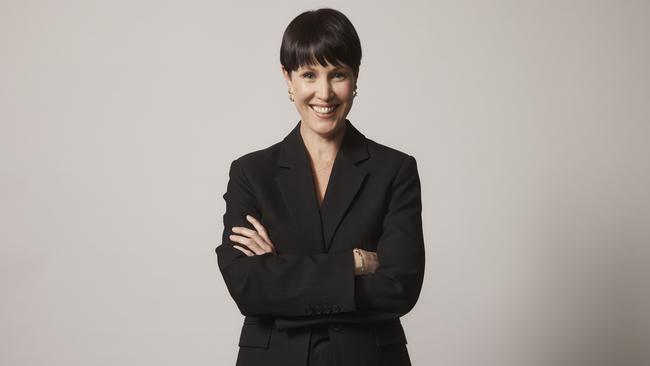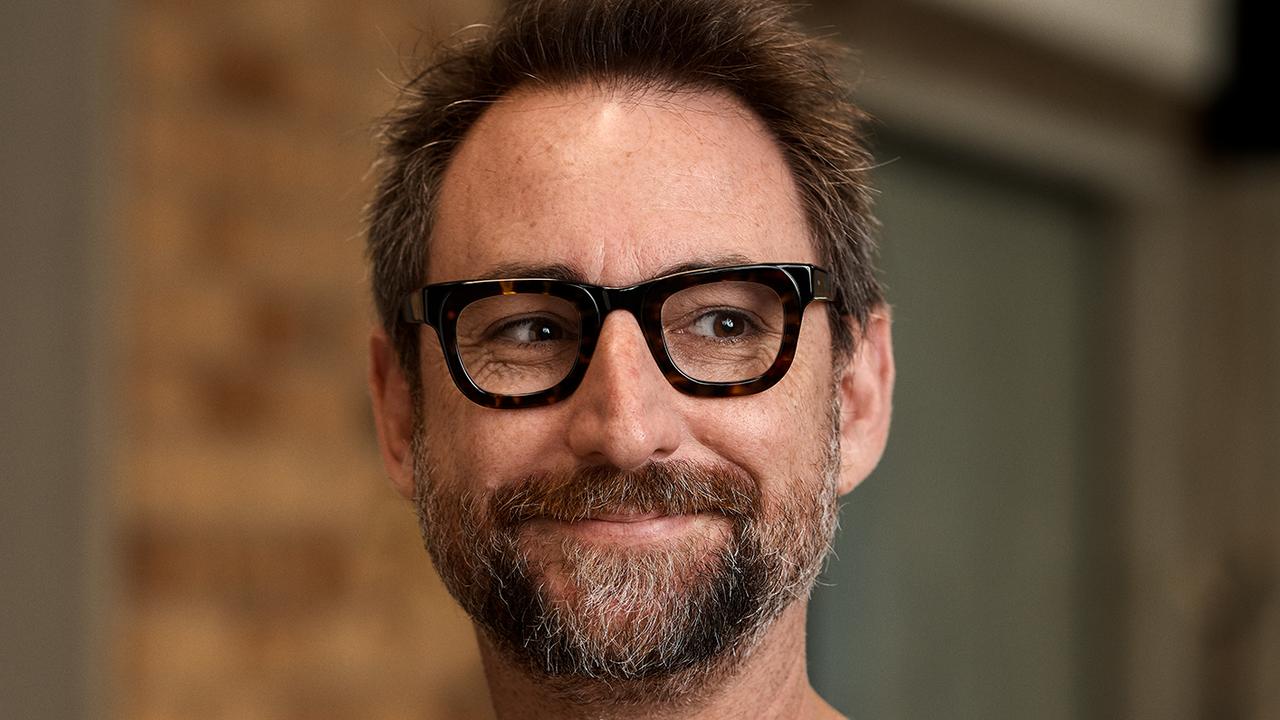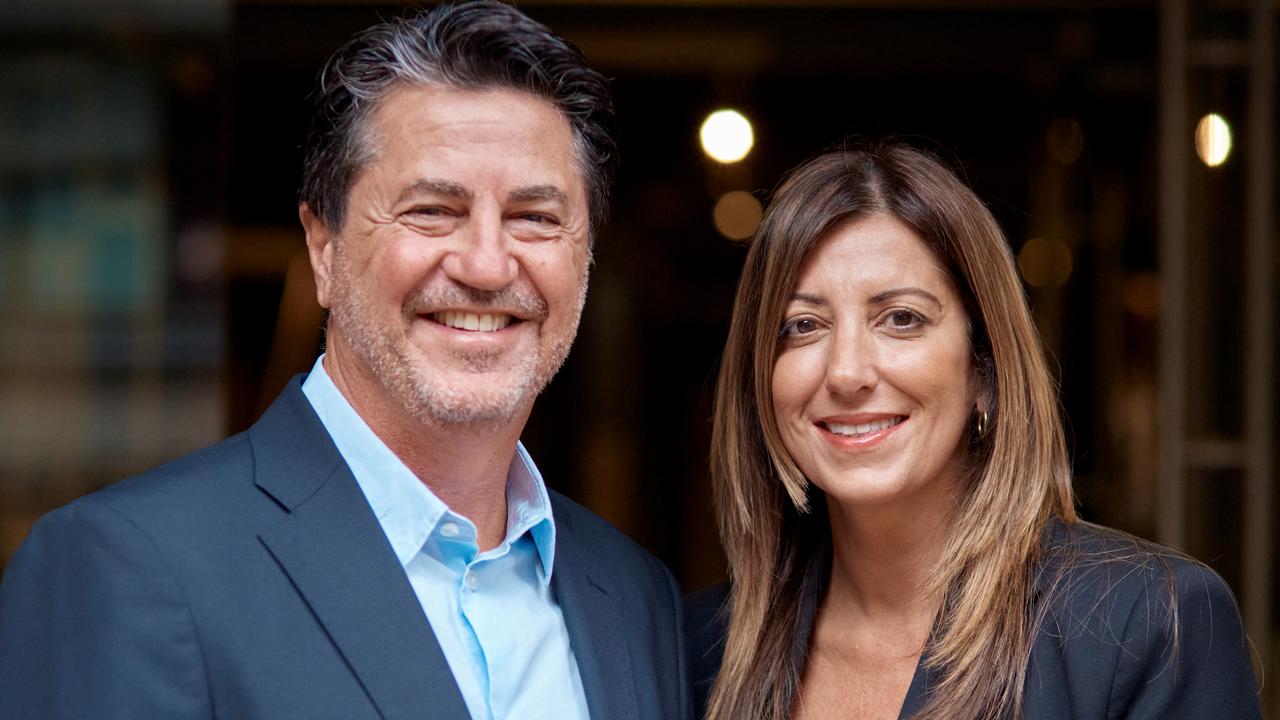Raised by the algorithm. The next generation crave positive experiences
The ice bucket challenge is back and R/GA’s Victoria Curro believes its an example of how marketers can create positive digital experiences for a new generation.

Marketers love to talk about the effectiveness of emotional storytelling in advertising. But we don’t always bring the same urgency – or intentionality – to the emotional impact of digital.
And yet, it’s shaping our kids.
For many, Netflix’s Adolescence has been a wake-up call. The series peels back the reality of growing up online and how easily young people’s emotions – and identities – are manipulated by the algorithmic forces of platforms like TikTok, YouTube, and Reddit. It’s raw, confronting, and indelible.
We’ve seen the emotional toll of digital influence in global events, from the US elections to the rise and fall of public figures like Amber Heard and Blake Lively. Digital culture doesn’t just amplify the emotional stakes of everything – it engineers them, often in harmful ways, turning opinion into outrage and engagement into obsession.
It’s a reminder that as marketers, we need to be as intentional about the emotional outcomes we avoid as the ones we try to spark. Less manipulation, more meaning. Less adrenaline, more awareness.
But we’ve also seen how digital can be a force for good. If you have a teenager, you’ve probably realised that the Ice Bucket Challenge is back. Supported by activeminds.org, this time it’s raising awareness for mental health and access to mental health resources. Embraced quickly by kids, it’s gone viral – again, but for the first time for this generation.
And that’s telling.
When I asked my daughter why she did it, she said because it was silly, fun, creative and nostalgic. What makes it different now, she said, is that it’s a throwback to when social media and digital content felt more creative, and more positive.
Why is this important? Two things. First, it reinforces the power of digital to drive positive, emotional engagement. And second, it offers a small but meaningful insight into how our kids are growing up “OK”. Yes, it’s relative – but our research shows that Aussie kids are largely doing all right.
If you’ve got teens in your household, you’ll know, they believe they know more than you. But, here’s the thing, sometimes they might.
Australia’s youth are bucking global trends; drinking less, prioritising mental health, and making more informed choices. They’re politically engaged – 86 per cent of school leavers say the cost of living will influence their vote. While they may not connect with traditional media or political parties, they care about issues and causes – and they want to be part of the solution. They see pitfalls of digital life – and they’re asking for better.
We’re also, as a country, taking more progressive steps than most in how we care for and manage their digital lives. Social media restrictions introduced in 2024, aimed at protecting under-16s, signal a broader national shift towards safeguarding young people during their formative years. We also offer more pathways into education and work. So while we may not top the world in literacy rates, we’re raising teens who are more entrepreneurial and ambitious – more likely to have part-time jobs and more optimistic about shaping the future they want.
So, what does all of this mean for brands. Our research shows that the digital experiences young Australians want to spend time with aren’t ones that waste their time (in fact they worry about the rabbit hole they can fall into), but those that are personalised, playful and gamified.
And some sectors are starting to get it. In retail, we’re seeing interfaces that prioritise self expression and choice over pushy conversation. In healthcare, digital tools are being designed for reassurance, not alarm. In education and finance, play is being used to build confidence, not just clicks.
Here’s the opportunity: to shift from digital experiences that exploit emotion to ones that support emotional wellbeing. Young Australians say they want experiences that are gamified, personal and fun – but not mindless. They crave connection, not distraction.
And here’s a small provocation: what if entertainment wasn’t just the bait we dangle to drive a transaction – but the invitation we offer to build trust, ease anxiety and create shared joy? Even political parties are catching on – Labor’s “thirst edits” turn policy into play, tapping memes to connect with young voters on their terms.
So, rather than generate anxiety, anger and obsession could we instead spark relief, optimism or joy? What if we coded for calm? For confidence? For connection? What if we created digital experiences that leave people feeling better – not just more addicted?
Young people – digital natives nostalgic for 10-year-old memes – can see that things need to change. Brands and causes that enable, rather than just market to it, we believe will be rewarded.
The emotional terrain of digital is still largely uncharted. But for forward-looking brands, this is the perfect opportunity; not just to entertain and sell, but to reshape how people feel when interacting with brands online.
Emotion drives growth, but not all emotions are created equal.
It’s time we ask ourselves a harder question: what emotional outcomes are we actually building for? And what would it mean to leave people feeling better, not just more engaged?
Victoria Curro is managing director of R/GA Australia.


